News Feed
PM Narendra Modi to Address Nation at 8 PM: Operation Sindoor Exclusive News !
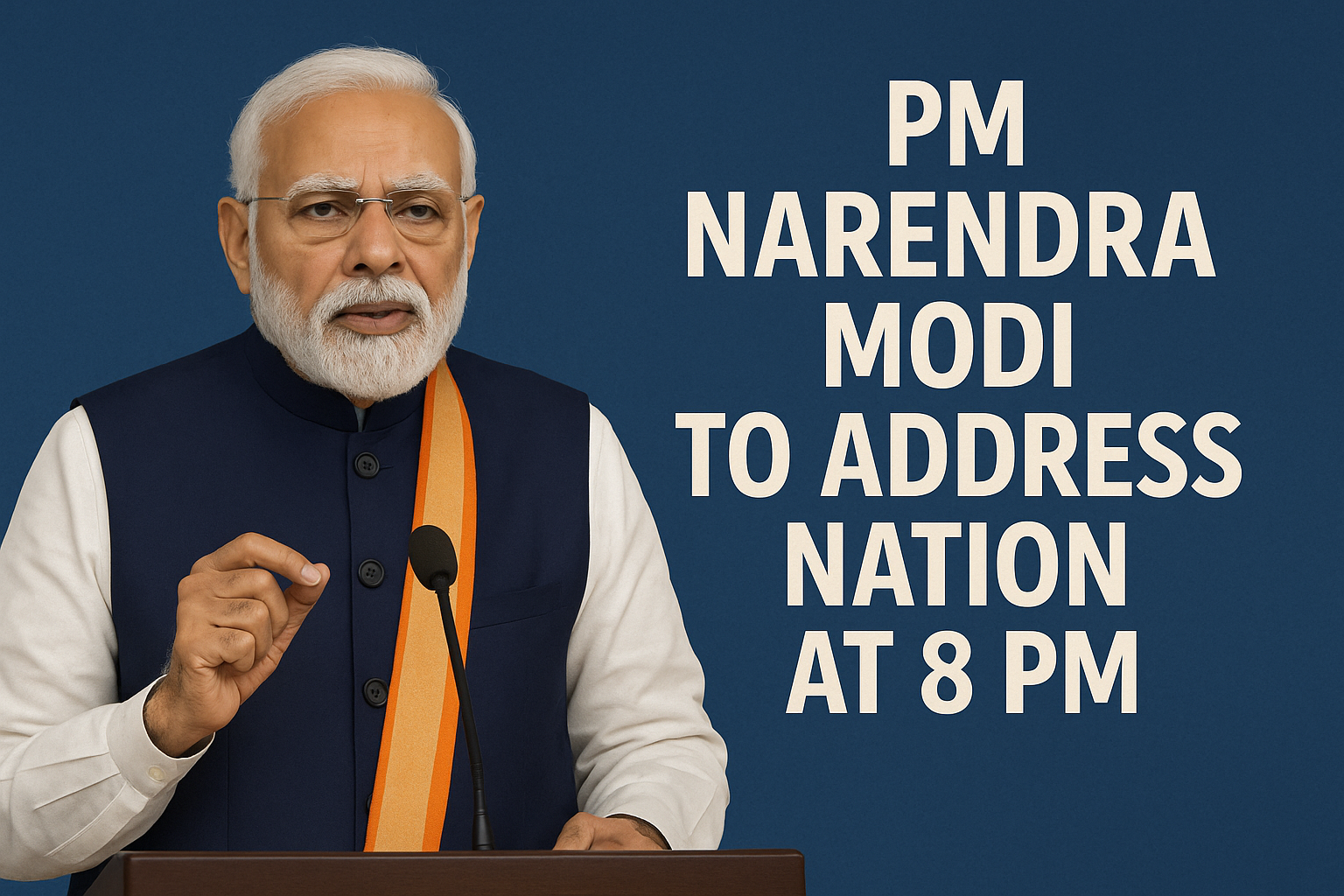

Narendra Modi – Wikipedia Prime Minister Narendra Modi is scheduled to speak to the nation at 8 PM on May 12. This will be his first public address since launching Operation Sindoor. This military operation was India’s strong response to the Pahalgam terror attack on May 6-7, which took 26 civilian lives. People are eager to hear about the latest updates, actions taken, and plans to protect national security.
Table of Contents
What is Operation Sindoor?
Operation Sindoor is a military campaign started by India targeting terror camps in Pakistan and Pakistan-occupied Kashmir (PoK). After the terror attack in Pahalgam, India acted swiftly to strike nine terror camps. Reports say more than 100 terrorists were eliminated during this operation. Key points about Operation Sindoor:
- Precise strikes on multiple terror camps across the border.
- Use of precision-guided weapons to avoid harming civilians.
- Targets included enemy radar posts and supply centers.
- A clear message against cross-border terrorism.
This operation shows how the Narendra Modi government is ready to act firmly against those who threaten India’s peace.
Aftermath: Escalation and Ceasefire
After the strikes, clashes flared up between Indian and Pakistani forces along the Line of Control (LoC). Pakistan launched some attacks on Indian military posts. However, India’s response was stronger, destroying key enemy targets with advanced weapons. By May 10, talks behind the scenes helped both countries agree to a ceasefire. This pause in fighting eased tensions after weeks of rising conflict caused by the Pahalgam attack and military responses. To gain deeper insight into the ceasefire agreement and the operations leading to this truce, consider reading the detailed coverage by Times of India, which reports on PM Modi’s address and the ceasefire understanding following Operation Sindoor.[¹]
What to Expect From Narendra Modi’s Address
At 8 PM, PM NarendraModi is expected to share important news with the nation, including:
- A clear summary of Operation Sindoor and its success.
- India’s future plans for national security and border safety.
- Details on diplomatic talks and efforts to keep peace.
- A call for unity among all Indian citizens in this tough time.
Many are watching closely. They want reassurance and want to understand India’s next steps in fighting terrorism and protecting the country. Before the address, viewers can get an overview of PM Modi’s leadership in periods of national crisis in this enlightening biography image:

Narendra Modi | Biography, Career …
Social Media Buzz on Narendra Modi’s Address
Social media is full of discussions about Operation Sindoor and the upcoming speech.
- Supporters praise NarendraModi’s strong leadership.
- Some activists call for peace and more diplomacy.
- YouTube and news channels stream live shows analyzing the situation.
- Public reactions mix hope with caution about what comes next.
This lively conversation shows how important Narendra Modi’s role is in guiding India through this difficult period. For readers interested in hearing from PM Modi directly beyond this address, a podcast featuring NarendraModi offers additional perspectives on his vision and approach to leadership.
Narendra Modi | Podcast on Spotify
Why Narendra Modi’s Leadership Matters Now
Narendra Modi’s leadership stands out in this critical time. His decisions shape both military actions and diplomatic relations. They also affect the morale of millions of Indians. Reasons Narendra Modi’s role is important:
- He is known for making tough choices on national security.
- He can quickly organize government and military resources.
- He can unite the public and influence global opinions.
- He balances strong military moves with smart diplomacy.
As the nation waits for his address, many hope he will outline a clear path forward.

Prime Minister Narendra Modi pledges to secure India’s future
Conclusion
PM Narendra Modi’s speech at 8 PM on May 12 is a key moment after Operation Sindoor. His words will shed light on India’s efforts to fight terrorism and secure its borders. At a time filled with tension and uncertainty, Narendra Modi’s leadership offers strength and hope. Stay tuned for live updates and expert analysis as the nation watches this pivotal message.
References
[¹] PM Modi to address nation tonight at 8pm after ceasefire understanding with Pakistan post Operation Sindoor – Times of India
https://timesofindia.indiatimes.com/india/pm-modi-to-address-nation-tonight-at-8pm-after-ceasefire-understanding-with-pakistan-post-operation-sindoor/articleshow/121108238.cms
News Feed
India Pakistan Top Military Officials to Speak as Ceasefire Holds
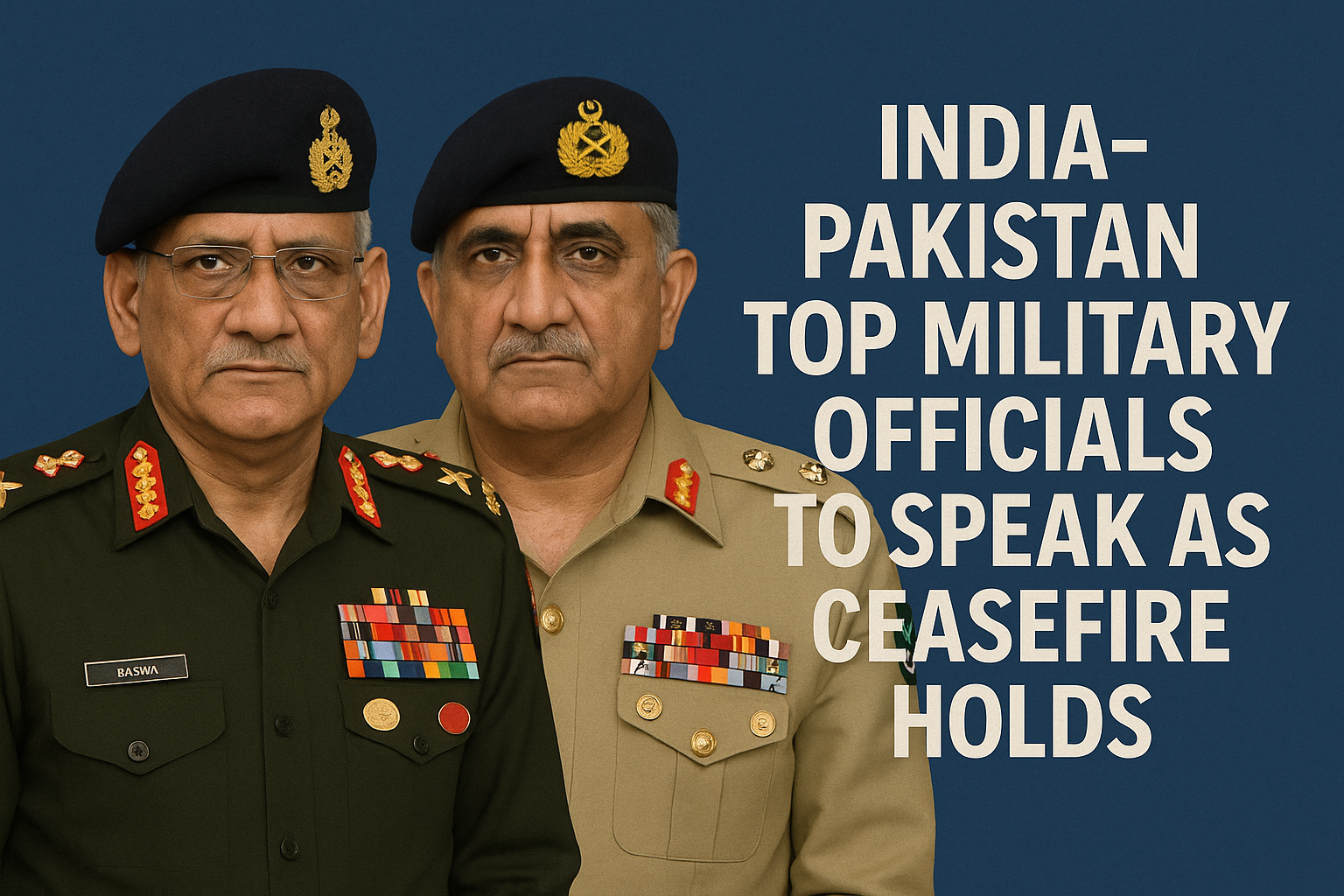
India Pakistan : The recent ceasefire between India and Pakistan brings much-needed calm to the tense situation along the Line of Control (LoC). Top military officials from both countries have begun direct talks to keep the peace and avoid further conflict. This move marks a rare and hopeful moment in the long history of rivalry between these neighbors.

Table of Contents
Ceasefire Takes Effect on May 10, 2025
Starting Saturday, May 10, 2025 at 5 pm, a ceasefire came into effect. This ended weeks of heavy cross-border firing, missile strikes, and drone attacks. The truce applies to land, air, and sea actions, stopping all offensive moves from both sides.
Main Points of the Ceasefire
- Cross-border firing and exchanges of projectiles stopped immediately
- Drone and missile attacks suspended on both sides India Pakistan
- No explosions or artillery fire along the LoC confirmed overnight
- Indian Army sources verified calm and order India Pakistan
This pause in fighting shows a serious effort toward peace. After days of tension, the ceasefire gives hope to people on both sides of the border.News
Military Leaders Open Lines of Communication
A key step in making the ceasefire happen was the phone call between the Directors General of Military Operations (DGMOs) from India and Pakistan. This direct contact helped both sides agree on the terms and timing of the pause.
Upcoming talks between the two DGMOs will focus on:
- Monitoring the ceasefire closely
- Planning ways to stop future clashes
- Building frameworks for ongoing peace and border security
This military-to-military dialogue is vital. It helps reduce misunderstandings that can lead to clashes.India Pakistan

Rising Tensions Before the Ceasefire
Before the truce, attacks from both sides escalated quickly. Pakistan launched drone and missile strikes on Indian military bases and civilian areas in northern India. Indian defense systems intercepted many of these attacks, reducing damage and loss.
India responded with missile strikes targeting terrorist camps and infrastructure inside Pakistan and Pakistan-occupied Jammu and Kashmir (PoJK). These strikes focused on groups such as Lashkar-e-Taiba and Jaish-e-Mohammed, which have been linked to terror attacks in Kashmir.India Pakistan
India’s Response
- Strong warnings against terror activities from Pakistan-based groups
- Clear readiness to act firmly against aggression
- Call for peace talks while strengthening defense
India’s stance balances defense strength with a willingness to engage in dialogue.India Pakistan
Role of Diplomacy and International Support
The ceasefire has strong diplomatic backing. The United States played a key role in pushing both India and Pakistan to agree on a ceasefire and start talks.India Pakistan
International Involvement
- The US encouraged both countries to uphold the ceasefire
- Supported dialogue aiming to solve long-term issues
- Constant diplomatic pressure remains critical for peace
Indian Prime Minister Narendra Modi actively led efforts during this crisis. He addressed the nation and held meetings with military and government officials to guide the response and set future reactions.
What Lies Ahead: Stability and Challenges
Despite the ceasefire, the India Pakistan border area remains unstable. Both sides stay on high alert, ready to respond to any breach. The DGMOs’ upcoming talks will be key in making sure the ceasefire lasts.
Factors Affecting Peace
- Watching for any violation of the ceasefire or terror acts
- Increasing military coordination and trust-building
- Expanding diplomatic talks beyond the border to improve overall relations
These steps will help create a more lasting peace.
Conclusion
The ceasefire between India and Pakistan is a major step toward peace in a region long troubled by conflict. Military discussions and diplomatic help have made this pause possible. Both countries now face a chance to build stability.
Though cautious, both India and Pakistan show a mix of readiness and willingness to talk. This ceasefire proves the power of steady communication and international support in stopping violence. The hope is that these efforts bring peace to South Asia, a region yearning for calm and cooperation.
News Feed
Pakistan Violates Ceasefire Deal Along Border After Peace Agreement
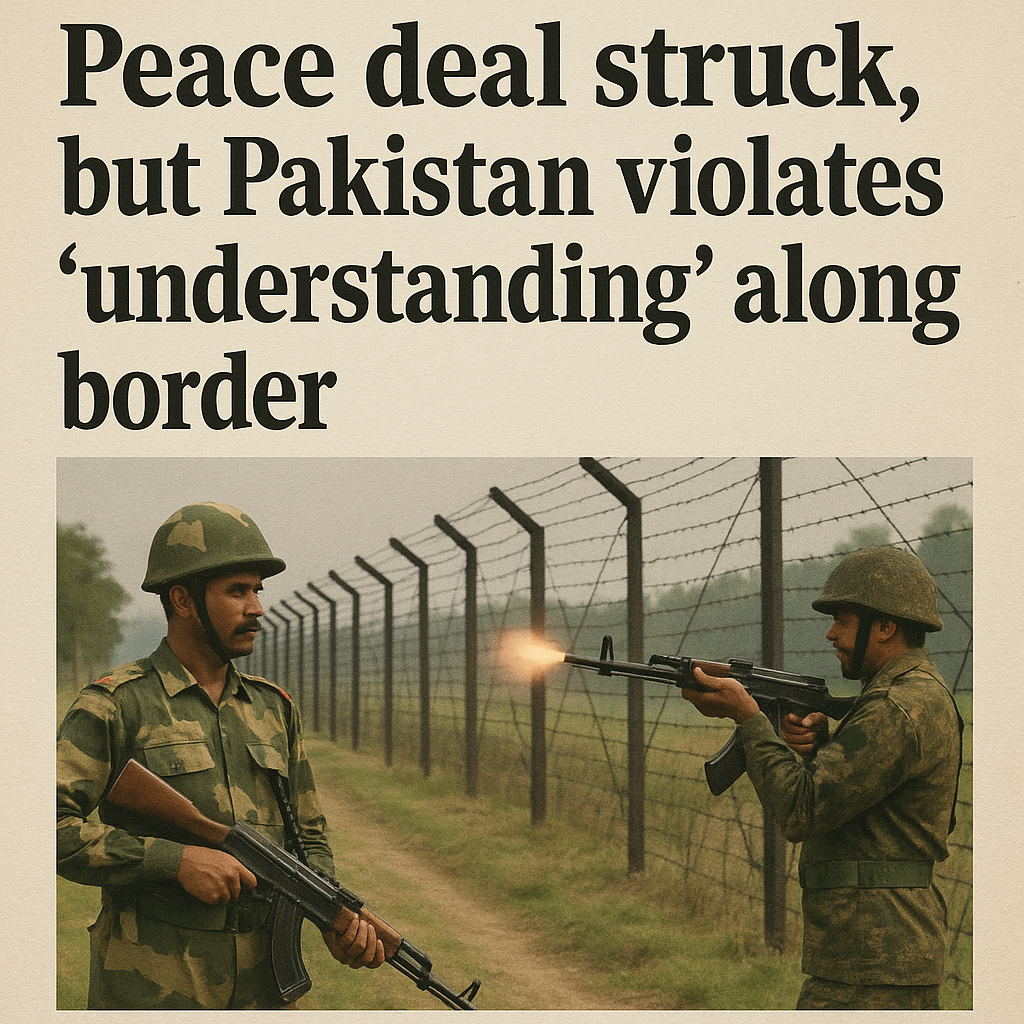
Pakistan’s Ceasefire Violation: A Setback After the Peace Deal
Recently, a ceasefire deal between India and Pakistan brought hopes of peace along their tense border. However, Pakistan reportedly broke this understanding shortly afterward. Reports indicate Pakistan began shelling and launched air raids on sensitive border areas like Barmer in Rajasthan and Baramulla in Jammu and Kashmir. These actions quickly raised tensions again and forced both countries to stay on high military alert. Indian authorities strongly condemned Pakistan’s violation. They said these attacks weaken the peace efforts and cause instability in the region. In response, India’s military acted firmly to prevent further violations and to protect its border.
Table of Contents
Pakistan – Wikipedia To better understand the geographic context, here is a detailed map highlighting Pakistan’s borders and key cities:

Pakistan | History, Population and Geography
Watch: Pak Violates Ceasefire Hours After Peace Deal Announced
The following video reports on Pak violation of the ceasefire agreement mere hours after it was announced, with details on shellings and air raids affecting the border region, including Barmer in Rajasthan and Baramulla in Jammu and Kashmir. This visual report gives real-time insight into the aftermath of the peace deal.News

Click to watch: Pakistan Violates Ceasefire Hours After Peace Deal Announced
Details of the Violations and India’s Response
The peace along the India-Pak border has always been fragile. Trust between the two neighbors runs thin. Indian Foreign Secretary Vikram Misri accused Pakistan of making “repeated violations” of the ceasefire. The reported violations include:
- Shelling across border sectors in Jammu and Kashmir
- Air raids targeting Indian land in Barmer, Rajasthan
- Breaking the peace process aimed at lowering military tension
India is committed to protecting its territory. Military officials said the armed forces are prepared to face any aggression. They have also increased surveillance to stop future attacks. These developments generated urgent security alerts and power blackouts in affected locations. The following video explains Pakistan’s deployment of drones over areas like Udhampur, which triggered Indian air defense responses causing explosions and blackouts around Srinagar.
Watch: Just hours after agreeing to a ceasefire, Pakistan violated the deal by deploying drones

Click to watch: Pakistan violated ceasefire by deploying drones
Rising Tensions and Global Concern
Pak ceasefire breach has once again raised tensions between these two nuclear-armed neighbors. Military activity heightened fears of a bigger clash. This conflict risk drew attention from global leaders and international groups. Many world leaders urged both India and Pakistan to calm down quickly. They also reminded both sides to honor the ceasefire pact. Most agree that ongoing talks are the only way to keep lasting peace. This crosses more than politics as it affects the safety of millions in South Asia. For a geopolitical snapshot, the BBC provides a concise country profile highlighting Pakistan’s strategic location and ongoing border issues:

Pakistan country profile – BBC News
Pakistan’s Actions in Media and Social Discussions
Major news platforms like News18 and Hindustan Times have closely followed this issue. Their coverage features video clips showing the impact of Pak shelling and air raids. These visuals caused strong responses from Indian border forces. Social media platforms such as Twitter and Facebook showed a rise in posts about the ceasefire violations. Many people asked for peace and urged both countries to keep their promises. Others worried about the security risks and harm to civilians caused by the fighting. Some experts noted that Pak actions might undo years of peace-building work. This ongoing public talk shows how deep the concern is. It reflects a strong wish for calm and order in the region.
What Lies Ahead: Steps to Restore Peace
Even with the recent violations, both India and Pak must renew their efforts to keep peace. Sticking to the ceasefire is key to lowering civilian harm, reducing military clashes, and creating a safer border zone. Some important moves include:
- Restarting talks led by neutral third parties
- Enhancing ways to watch and enforce the ceasefire rules
- Building trust through small cooperative steps on both sides
The current tensions show how delicate India-Pakistan relations are. Pak violation not only harms peace efforts but also risks destabilizing this often troubled region.
Where did India strike Pak ? See the key areas in this image:

Where did India strike Pakistan? See the major border districts affected by recent tensions.
Conclusion
The recent peace deal between India and Pak faced a serious challenge due to Pak repeated ceasefire breaches. Shelling, air strikes, and border fights have pushed tensions higher, causing India to respond firmly and drawing global concern. While these actions threaten the progress made, many leaders and citizens worldwide still call for calm. Keeping the ceasefire intact is critical to avoid worsening conflicts and to uphold regional peace. The world, along with India and Pak , must encourage fresh talks and respect for peace deals. Only through trust and a shared commitment can these neighbors hope to secure lasting peace along their border.
News Feed
India, Pak Agree To Ceasefire, Stop All Military Action On Land, Air, Sea 10 MAY 2025 !
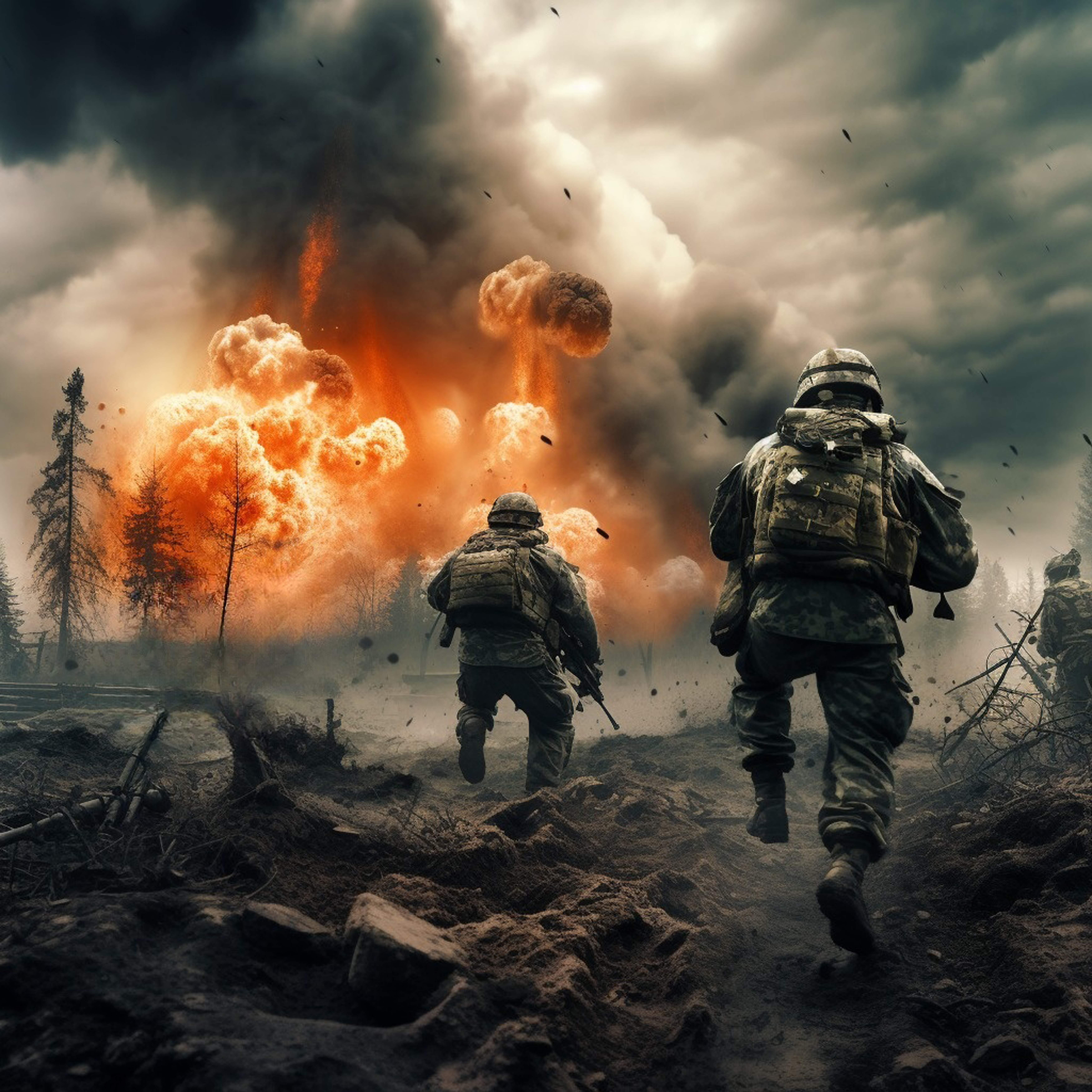
Historic Ceasefire Agreement Between India and Pakistan
On May 10, 2025, India and Pakistan announced a historic ceasefire that ended all military action on land, air, and sea. This agreement, known as the India ceasefire 2025, came after weeks of rising violence and tension between the two neighbors. The ceasefire took effect at 5 pm and marked a rare moment of calm between these nuclear-armed countries. The recent conflict was sparked by a deadly attack on tourists in early April, which India blamed on Pakistan-based groups. This event triggered strong military responses and led to deaths on both sides of the border. The India Pakistan ceasefire agreement now offers a chance to halt violence and begin talks about peace.
Table of Contents

India country profile – BBC News
Details of the India Military Ceasefire
The ceasefire covers all types of military actions and was reached after key talks between the Deputy Generals of Military Operations (DGMOs) from both countries. The agreement includes:
- Ceasing offensive military moves on land, air, and sea borders.
- Immediate stoppage of any attacks or counterattacks.
- Active diplomatic support and mediation from the United States, Saudi Arabia, and Turkey.
- High-level talks led by U.S. officials, including Secretary of State Marco Rubio and Vice President JD Vance.
U.S. President Donald Trump also played a visible role, announcing the ceasefire on social media and praising both sides for choosing peace. To better understand the U.S. involvement and the lead-up to the ceasefire, watch this explanatory video highlighting the US-mediated talks between India and Pakistan:News
Watch: India-Pakistan Agreed To Ceasefire: Trump Says US Mediated Talks
This video discusses the recent ceasefire agreement between India and Pakistan, highlighting US mediation in the talks. The agreement comes after significant military exchanges between the two nations.
International Role in the India Pakistan Ceasefire Agreement
This ceasefire was not just between Bharat and Pakistan. It shows the power of global diplomacy in resolving conflict. The United States took the lead in mediation, with strong support from Saudi Arabia and Turkey. These countries helped pressure both sides to pause and negotiate. Pakistan’s Foreign Minister Ishaq Dar publicly welcomed international help. He said the world wants to see peace in South Asia. Prime Ministers Narendra Modi and Shehbaz Sharif were deeply involved in talks encouraged by these mediators. The goal was not just ending fighting, but also discussing long-term issues between India and Pakistan. For further reading on the significance of the ceasefire and international efforts, see this news coverage:
News Article: India and Pakistan agree to immediate ceasefire
India and Pakistan have agreed to a ceasefire, stopping all firing and military action from land, air, and sea, following talks mediated by US officials. The ceasefire took effect from 5 pm local time.
Impact and Importance of the Ceasefire for Bharat
For Bharat , this ceasefire is a major step toward peace. It also promises several benefits:
- Ending Casualties: Stopping fighting means fewer deaths for soldiers and civilians.
- Securing Borders: Calm on the border allows guards to better maintain peace.
- Boosting Diplomacy: The ceasefire opens up space for talks about security and politics.
- Public Support: The peace move received huge positive attention on social media and news platforms.
People in India and around the world quickly embraced the move. Videos and official updates spread fast on YouTube and Twitter, showing strong hope for a peaceful future.
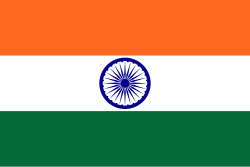
India’s National Flag – Symbol of Unity and Sovereignty
Road Ahead: Challenges and Opportunities for Lasting Peace
Though the ceasefire is welcome, many problems between India and Pakistan remain. This calm is only the start. The two countries now face big tasks:
- Restarting serious talks to solve border disputes and terrorism.
- Creating new steps for trust, such as confidence-building measures (CBMs).
- Finding ways to keep borders peaceful to avoid future battles.
- Using help from the U.S., Saudi Arabia, and Turkey to guide talks.
Both nations must work hard to turn this pause in fighting into real peace. For additional perspectives on the ceasefire and US mediation, this article provides insight:
News Article: Donald Trump says India and Pakistan have agreed to a ceasefire
US President Donald Trump announced that India and Pakistan have agreed to a full and immediate ceasefire following US-mediated discussions. The ceasefire aims to de-escalate tensions and prevent further military action.
The Bigger Picture: Bharat -Pakistan Border Peace and Relations
The Bharat -Pakistan border has long been one of the most tense areas in the world. This ceasefire is the first major step toward changing that. Peace along this border can stabilize the whole region. It can improve Bharat diplomatic relations Pakistan and open doors for trade, travel, and cultural exchange. The India ceasefire air land sea deal shows that even deep-rooted conflicts can pause when leaders choose dialogue. While many years of mistrust lie behind, the 2025 ceasefire brings hope to millions living in the shadow of war.N

Gateway of India in Mumbai, a historic monument symbolizing India’s global connections and openness.
Summary
The Bharat Pakistan ceasefire agreement effective from May 10, 2025, stops all military actions on land, air, and sea. It followed deadly clashes and growing tensions triggered by an attack on tourists. With strong U.S. backing and support from Saudi Arabia and Turkey, both countries agreed to this important step toward peace. This Bharat military ceasefire news marks a chance to reduce violence, stabilize borders, and restart diplomatic talks. While challenges remain, the ceasefire brings hope for safer Bharat -Pakistan border peace and better future relations. The world watches and waits as these two neighbors try to build peace after years of conflict.
Further Reading and Coverage:
- Trump says Bharat and Pakistan have agreed to a ceasefire – Fox4Now
This article reports on the ceasefire agreement between India and Pakistan, facilitated by US mediation. The agreement comes after weeks of hostilities and aims to reduce tensions between the two nuclear-armed nations. 
National Geographic Kids provides an insightful map depicting India’s geography and location.
-

 Funds2 weeks ago
Funds2 weeks agoChoosing Between Direct and Regular Mutual Funds: Which is More Beneficial 2025 ?
-

 Cryptocurrency3 weeks ago
Cryptocurrency3 weeks agoWazirX Plans User Compensation Post-Court Approval on May 13, 2025
-

 Cryptocurrency3 weeks ago
Cryptocurrency3 weeks agoSolaxy ICO Soars as New Dev Upgrade Drops – Best Meme Coin to Buy 2025?
-

 Stock Market1 month ago
Stock Market1 month agoTata Trent: Buy, Hold, or Sell 2025 ? Exclusive News
-

 News Feed3 weeks ago
News Feed3 weeks agoOpting for New Tax Regime? Check Out These 5 Benefits
-

 News Feed4 days ago
News Feed4 days agoOperation Sindoor: India Targets Radars in Pakistan, Lahore’s Air Defence Neutralised 8 MAY 2025 Exclusive News !
-

 Cryptocurrency7 days ago
Cryptocurrency7 days agoPi Network Price Prediction: Will Pi Network Break $0.50 Support or Rally on BNP Paribas News?
-

 News Feed2 months ago
News Feed2 months agoThe Final Goodbye: Microsoft Closes Skype, Leaving Nostalgia in its Wake ! Exclusive News !
